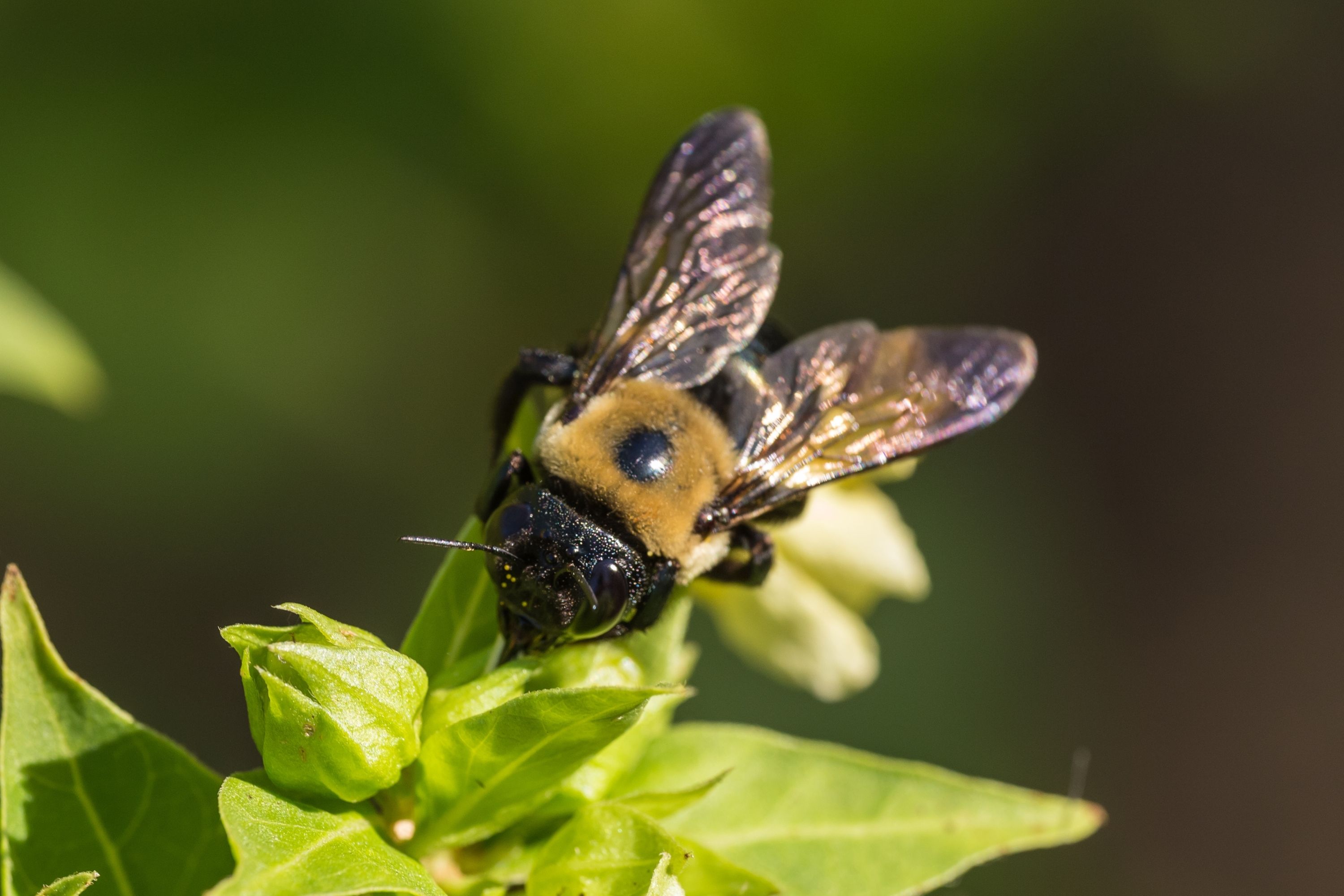Common eastern bumble bee
(Bombus impatiens)

Description
Bombus impatiens, the common eastern bumble bee, is the most commonly encountered bumblebee across much of eastern North America. They can be found in the Eastern temperate forest region of the eastern United States, southern Canada, and the eastern Great Plains. Because of their great adaptability, they can live in country, suburbs, and even urban cities. This adaptability makes them a great pollinator species, leading to an increase in their commercial use by greenhouse industry. This increase consequently led to their farther spread outside their previous distribution range. They are considered one of the most important species of pollinator bees in North America. The bees of B. impatiens are similar to those of B. bimaculatus, B. perplexus, B. vagans, B. sandersoni, and B. separatus in their appearance. They have short and even hair, medium-sized heads with cheeks that are similar in width to their heads, and a long and rectangular body. In general, queens and workers are similar in their coloring, pubescence, and structure. However, with a body length of 17–23 mm, queens have bigger bodies than males or workers. Workers have bodies that are 8.5–16 mm, and males have bodies that are 12–18 mm long. The differences in their sizes can be observed by the differences in their larval weight at second instar. In addition to the difference in their sizes, males slightly differ in their coloring. While queens and workers are both black with a yellow thorax and first abdominal segment, males have a yellow face and head. Broadly, they can be found in the Eastern temperate forest region of the eastern United States, southern Canada, and the eastern Great Plains. More specifically, its range includes Ontario, the New England States, Georgia, Mississippi, Kentucky, Tennessee, Alabama, Maryland, Delaware, New Jersey, New York, Pennsylvania, South Carolina, North Carolina, Virginia, West Virginia, south to Florida, west to Michigan, Illinois, Kansas, Missouri, and Iowa. Also, the increase in their commercial use by greenhouse industry led to the spread of the species outside its previous distribution range. Bombus impatiens adapts well to a variety of habitats, nectar sources, and climates and was seen visiting a variety and abundance of plants. In addition to agricultural, wetland, and urban conditions, the species can thrive in wooded habitats, and is likely related to woodland spring ephemerals. It nests underground in open fields and woods.
Taxonomic tree:







